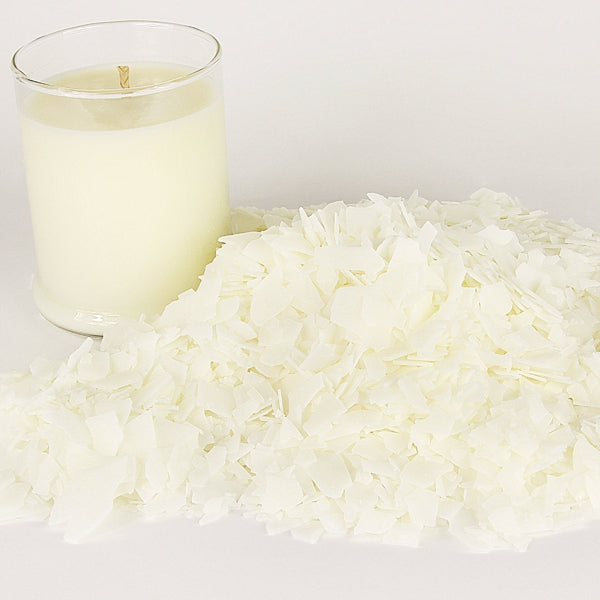Create Setting with Handcrafted Soy Wax Candles and Home Fragrance
Create Setting with Handcrafted Soy Wax Candles and Home Fragrance
Blog Article
From Wick to Wax: Recognizing the Chemistry Behind Soy Wax Candles and Their Ecological Impact
As we illuminate our rooms with the warm radiance of candles, there lies a world of complex chemistry behind the seemingly easy act of lighting a soy wax candle. The choice between soy and paraffin wax extends past mere looks, diving into the realm of environmental impact and the extremely make-up of the materials. Understanding the molecular structure of soy wax and its combustion process clarifies the discharges launched right into our environments. Join us as we decipher the scientific intricacies behind soy wax candle lights and explore their ramifications on our atmosphere.
Soy Wax Vs. Paraffin Wax
When contrasting soy wax and paraffin wax for candle light making, it is crucial to understand the unique attributes and advantages of each material. Soy wax is a natural, renewable energy originated from soybean oil, making it eco-friendly and environment-friendly - soy candles. In contrast, paraffin wax is a byproduct of petroleum refining, which elevates concerns about its environmental impact and sustainability
Soy wax candles melt cleaner and emit less soot compared to paraffin wax candles, making them a healthier choice for indoor air quality. Additionally, soy wax has a lower melting point, permitting a longer-lasting candle that disperses fragrance extra properly. Paraffin wax, on the other hand, often tends to shed faster and less cleanly, possibly launching hazardous chemicals into the air.
From a sustainability perspective, soy wax is preferred for its biodegradability and sustainable sourcing, straightening with the expanding customer preference for environmentally conscious products. While paraffin wax has actually been a typical option in candle making due to its price and simplicity of use, the shift in the direction of environment-friendly options like soy wax is acquiring momentum in the sector.
Chemical Structure of Soy Wax

Burning Refine in Soy Candles
The chemical composition of soy wax straight influences the combustion process in soy candles, affecting elements such as melt time, fragrance release, and ecological impact. Discover More When a soy candle is lit, the heat from the flame thaws the wax near the wick.
The combustion performance of soy candle lights is influenced by the pureness of the soy wax and the top quality of the wick. A clean-burning soy candle with a properly sized wick will certainly lessen and create a consistent fire soot formation. This not just expands the shed time of the candle however also enhances the launch of fragrances. Additionally, soy wax candle lights have a reduced environmental influence contrasted to paraffin candle lights because of their renewable and biodegradable nature.

Environmental Benefits of Soy Wax

Thought about a lasting option to traditional paraffin additional resources wax, soy wax provides remarkable environmental advantages that make it a preferred option amongst eco-conscious customers. Soy wax burns cleaner and produces much less soot than paraffin wax, adding to better indoor air top quality and minimizing the need for cleansing and upkeep. Overall, the ecological advantages of soy wax straighten with the growing demand for green and lasting products in the market.
Recycling and Disposal Factors To Consider
Recycling and correct disposal of soy wax candle lights play a crucial duty in keeping ecological sustainability and decreasing waste in households and neighborhoods. When it comes to recycling soy wax candle lights, the initial action is to make sure that the candle has actually burned entirely.

In regards to disposal, if recycling is not an alternative, soy wax candles are biodegradable and can be securely taken care of in a lot of household waste systems. It is always suggested to inspect with local reusing centers or waste monitoring services for particular standards on candle disposal to ensure correct handling and ecological security.
Final Thought
To conclude, the chemistry behind soy wax candle lights reveals their environmental advantages over paraffin wax candles. Soy wax, originated from soybean oil, burns cleaner and produces less soot when compared to paraffin wax. The combustion procedure in soy candles is a lot more efficient, bring about a much longer and extra even melt. Furthermore, soy wax is biodegradable and renewable, making it a much more lasting selection for candle manufacturing. Recycling and correct disposal of soy wax candles further add to their environmental influence.
When comparing soy wax and paraffin wax for candle production, it is Check This Out crucial to recognize the unique attributes and advantages of each product (crystal soy candles).Soy wax candle lights melt cleaner and produce much less residue compared to paraffin wax candles, making them a healthier selection for interior air high quality.Taken into consideration a sustainable choice to typical paraffin wax, soy wax offers noteworthy environmental benefits that make it a preferred selection among eco-conscious consumers. Soy wax burns cleaner and produces much less residue than paraffin wax, adding to far better interior air quality and decreasing the requirement for cleaning and upkeep.In final thought, the chemistry behind soy wax candle lights exposes their environmental benefits over paraffin wax candles
Report this page